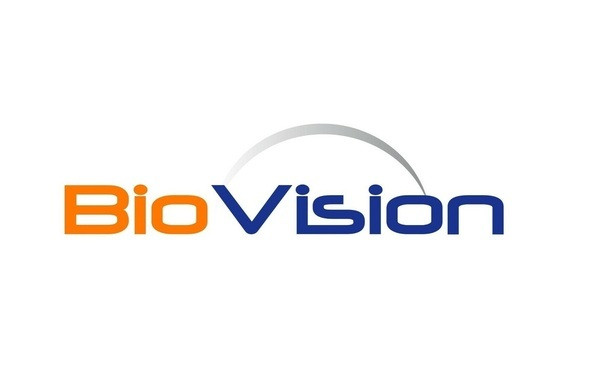Biovision
Human CellExp™ IGF-1, human recombinant
- SKU:
- 26-7507
- Availability:
- Usually Shipped in 5 Working Days
- Storage Temperature:
- -20°C
- Shipping Conditions:
- Gel Pack
- Shelf Life:
- 12 months
Description
Biomolecule/Target: IGF-1
Synonyms: IGF-I, IGF1A, somatomedin C, MGF
Alternates names: IGF-I, IGF1A, somatomedin C, MGF
Taglines: ≥98% pure, active, human cell expressed, human recombinant IGF-1/Somatomedin - a hormone similar in molecular structure to insulin.
Taglines: USA
Country of Animal Origin: USA
NCBI Gene ID #.: 3479
NCBI Gene Symbol: IGF1
Gene Source: Human
Accession #: P05019
Recombinant: Yes
Source: HEK293 cells
Purity by SDS-PAGE #: ≥98%
Assay: SDS-PAGE
Purity: N/A
Assay #2: N/A
Endotoxin Level: <1 EU/μg by LAL method
Activity (Specifications/test method): N/A
Biological activity: Measured in a serum-free cell proliferation assay using MCF-7 human breast cancer cells. The ED50 for this effect is typically 0.5-2.5 ng/mL.
Results: The ED50 for this effect is typically 0.5-2.5 ng/mL.
Binding Capacity: N/A
Unit Definition: N/A
Molecular Weight: This protein rhIGFI-Fc, fused with Fc fragment of human IgG1 at the N-terminus, has a calculated MW of 35 kDa. DTT-reduced Protein migrates as 35 kDa.
Concentration: N/A
Appearance: Lyophilized
Physical form description: Lyophilized from 0.22 μm filtered solution in 50 mM Tris, 100 mM glycine, pH 7.5. Normally Mannitol or Trehalose are added as protectants before lyophilization.
Reconstitution Instructions: Centrifuge the vial prior to opening. Reconstitute in PBS, pH 7.4. Do not vortex.
Background Information: Insulin-like growth factor 1 (IGF-1) also known as somatomedin C, IGF1A, IGFI, sulfation factor, and is a hormone similar in molecular structure to insulin. It plays an important role in childhood growth and continues to have anabolic effects in adults. A synthetic analog of IGF-1, mecasermin is used for the treatment of growth failure. IGF-1 consists of 70 amino acids in a single chain with three intramolecular disulfide bridges. IGF-1 has a molecular weight of 7649 daltons. IGF-1 is produced primarily by the liver as an endocrine hormone as well as in target tissues in a paracrine/autocrine fashion. IGF-1 binds to at least two cell surface receptors: the Insulin-like growth factor 1 receptor, abbreviated as "IGF1R", and the insulin receptor. The IGF-1 receptor seems to be the "physiologic" receptor - it binds IGF-1 at significantly higher affinity than the IGF-1 that is bound to the insulin receptor. Like the insulin receptor, the IGF-1 receptor is a receptor tyrosine kinase - meaning it signals by causing the addition of a phosphate molecule on particular tyrosines. Its primary action is mediated by binding to its specific receptor IGF1R, present on many cell types in many tissues. Binding to the IGF1R, a receptor tyrosine kinase, initiates intracellular signaling; IGF-1 is one of the most potent natural activators of the AKT signaling pathway, a stimulator of cell growth and proliferation, and a potent inhibitor of programmed cell death. Insulin-like growth factor 1 has been shown to bind and interact with all the IGF-1 Binding Proteins (IGFBPs), of which there are six (IGFBP1-6).
Amino acid sequence: N/A
Handling: Centrifuge the vial prior to opening.
Usage: For Research Use Only! Not to be used in humans






